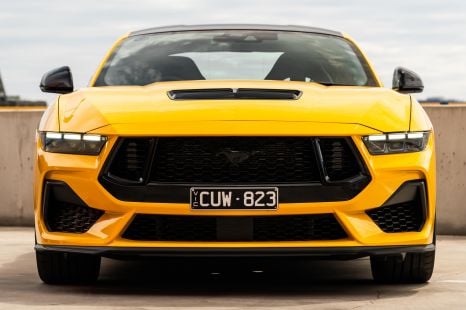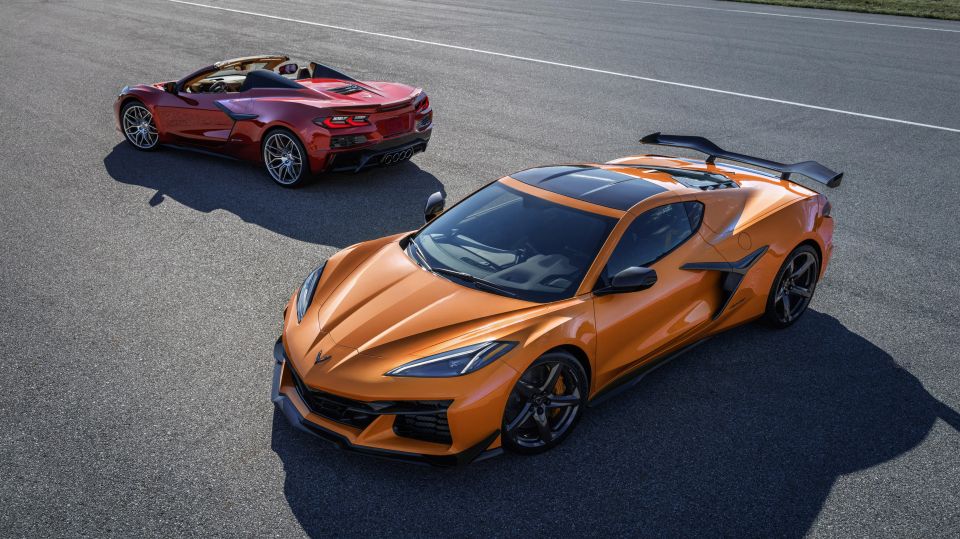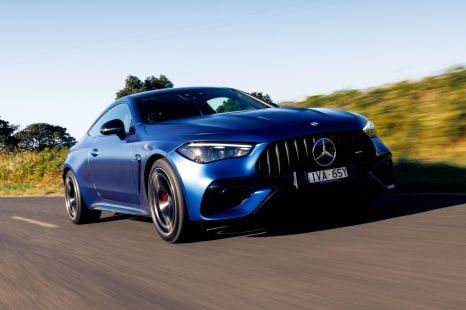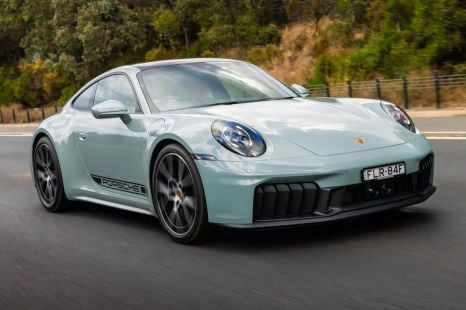

Jack Quick
2025 Ford Mustang GT Fastback review
7 Months Ago

Journalist
If you thought a mid-engine Corvette was a radical idea, Chevrolet would like you to sit in a bucket seat and fasten the six-point safety harness.
Overnight Chevrolet confirmed on Twitter: “An electrified Corvette will be available as early as next year and a fully electric version to follow. Stay tuned for more.”
This came not long after Mark Reuss, GM’s president, told CNBC the automaker was working on an electrified version of the Corvette, but refused to say whether this model would have a hybrid or plug-in hybrid drivetrain.
An accompanying YouTube video (above) shows a prototype of the electrified Corvette during snow testing. The prolonged drift, as well as the front wheels spinning furiously during launch, indicate the EV or PHEV Corvette has an electric motor, or motors, driving the front wheels.
No word on how much power the electrified Corvette will have, but the powertrain should generate more than the Stingray’s 365kW/630Nm 6.2-litre naturally-aspiared V8, as well as the 500kW/624Nm made by the Z06’s 5.5-litre naturally-aspirated flat-plane crank V8.
In a post on LinkedIn Reuss said GM was working on “other gas-powered variants” for the popular sports car.

Reuss also noted the electric Corvette will be “Ultium-based”. It’s unclear if this means GM will pack its Ultium batteries into the current Corvette’s mid-engine architecture or if the electric Corvette will use the automaker’s Ultium passenger car architecture.
So far only traditional sedans, such as the Cadillac Celestiq, and crossovers, like the Chevrolet Equinox EV and Cadillac Lyriq, have been confirmed for the Ultium car platform.
It’s possible the architecture could also be suitable for a low-slung sports car, or it may prove that rumours about a Corvette crossover are true.
The GM president finished off his post by announcing the Ultium Platform’s new energy recovery system, which can use the heat from the battery pack to warm the cabin, improve charging, increase acceleration and, it’s claimed, extend range by up to 10 per cent.
CarExpert helps new car buyers save thousands with expert reviews, honest advice, and transparent pricing – no dealer pressure and no sales games.
Derek Fung would love to tell you about his multiple degrees, but he's too busy writing up some news right now. In his spare time Derek loves chasing automotive rabbits down the hole. Based in New York, New York, Derek loves to travel and is very much a window not an aisle person.


Jack Quick
7 Months Ago


Gautam Sharma
6 Months Ago


Josh Nevett
5 Months Ago


Alborz Fallah
5 Months Ago


William Stopford
28 Days Ago


Damion Smy
22 Days Ago